For more than 100 years, International Women’s Day has been celebrated on March 8 in different countries of the world. The purpose of the celebration varies depending on the place: in some countries, it is a day of protest, in others, it is a way to celebrate the achievements of women and promote gender equality. We at Sprintally decided to better study the origins and traditions of this day and share it with you.
1. International Women’s Day is more than 100 years old
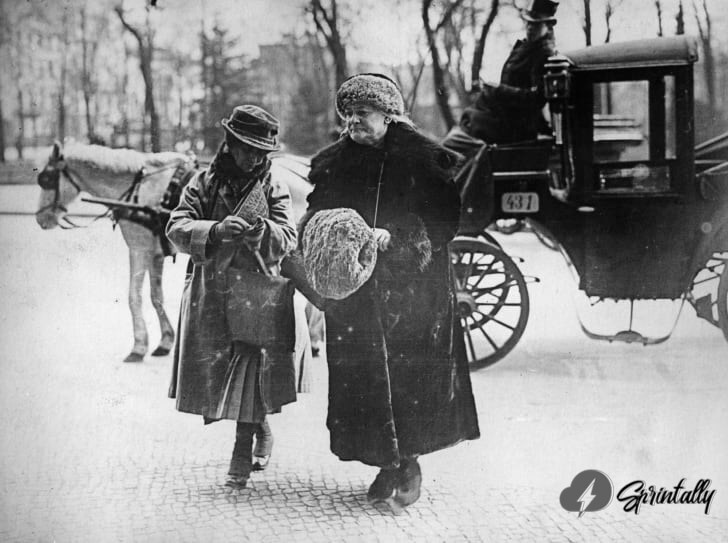
On February 28, 1909, the Socialist Party of America organized the first National Women’s Day, which was celebrated until 1913 on the last Sunday of February.
In 1910, Clara Zetkin at the Second International Socialist Women’s Conference proposed the establishment of an international women’s day. It was understood that on this day women will hold rallies and processions, attracting the public to their problems.
On March 19, 1911, the first International Women’s Day was celebrated in Germany, Austria, Denmark and Switzerland.
2. The occasion gave the women the right to vote
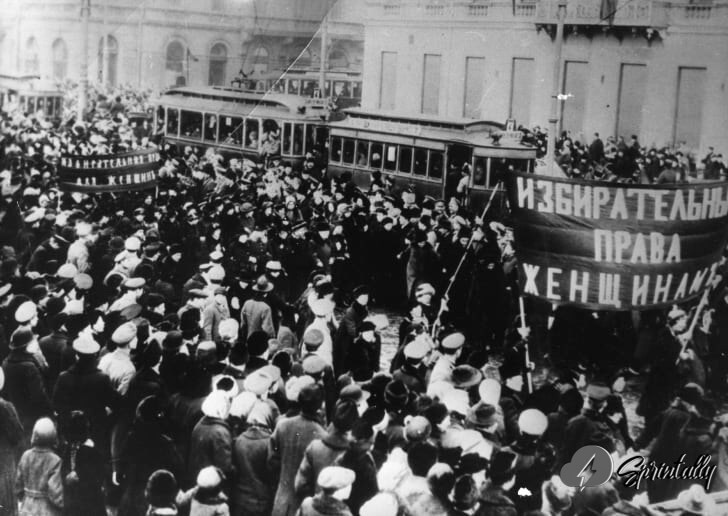
On February 23 (March 8), 1917, women in Russia celebrated this day by starting a strike that marked the beginning of the February Revolution.
On June 20, 1917, the Provisional Government adopted the regulation on elections to the Constituent Assembly, the supreme legislative body of the state, which entered into force on September 11, 1917, which explicitly stated “universal suffrage” without gender distinction “.”
3. In 1975, the UN officially adopted International Women’s Day
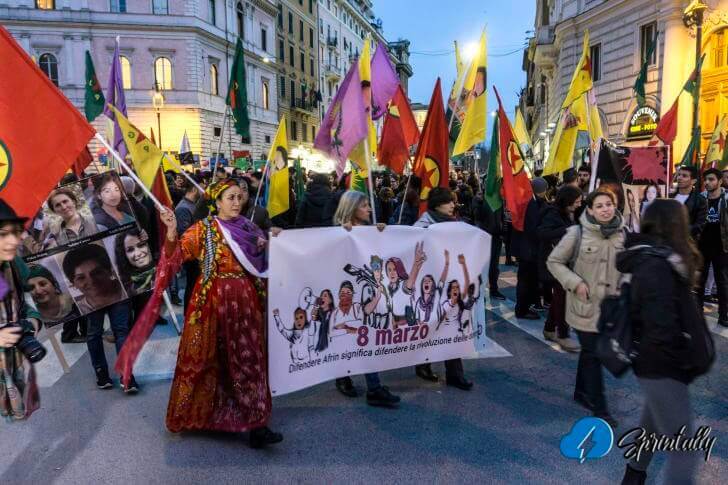
Since 1975, the UN, in connection with the International Year of Women, began March 8 to celebrate International Women’s Day. Since then, the UN has become the main organizer of the annual event [1] and has called on even more countries around the world to host the celebration and its goal is to celebrate “the courage and determination of ordinary women, who played an exceptional role in the history of their countries and society.”
4. International Women’s Day is an official holiday in many countries
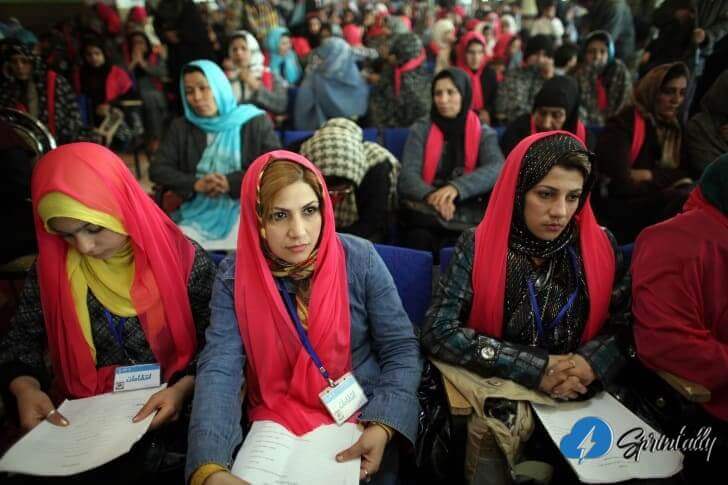
International Women’s Day is a holiday around the world and an official holiday in many countries. Afghanistan, Cuba, Vietnam, Uganda, Mongolia, Georgia, Laos, Cambodia, Armenia, Belarus, Montenegro, Russia and Ukraine are just some of the countries where March 8 is considered an official holiday.
5. International Women’s Day is also Mother’s Day in several countries
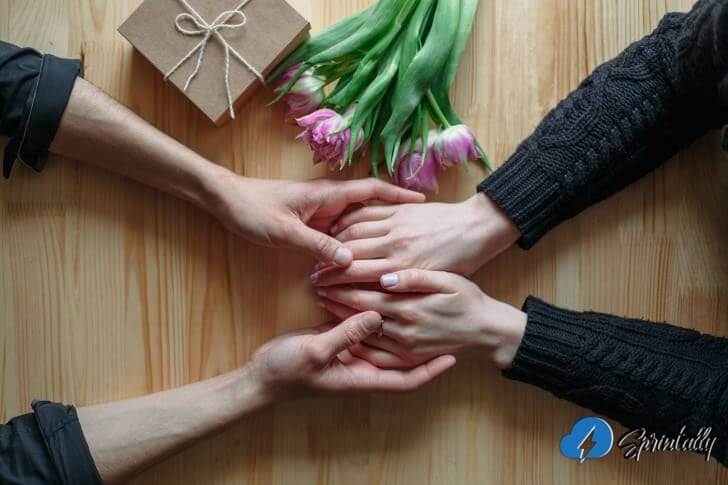
In some countries, including Serbia, Albania, Macedonia and Uzbekistan, International Women’s Day and Mother’s Day are combined [2]. On this day, children give mothers and grandmothers gifts and signs of love and appreciation.
6. In each year, International Women’s Day has an official theme
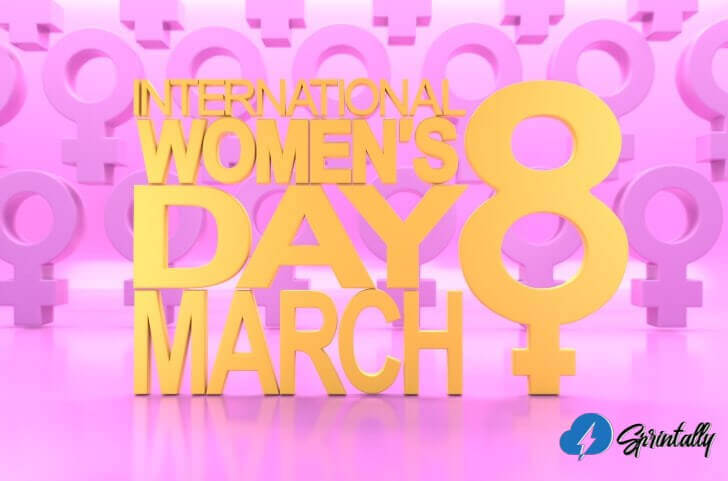
In 1977, the UN General Assembly (resolution No. A / RES / 32/142 [12]) invited states to declare, in accordance with their traditions and customs, any day of this year as United Nations Day for Women’s Rights and International Peace. This decision was made both in connection with the International Year of Women and the International Decade of Women (1976-1985).
Dedicated to the Day of Women’s Rights and International Peace, United Nations events are timed to the UN by March 8th.
In 2020, the campaign gave the name “Let’s all be equal” or #EachForEqual (“everyone on equal terms”), which is dedicated to the problem of gender inequality in the main areas of activity [3].
Themes of the years:
- 2020: “I am Generation Equality: Realizing Women’s Rights”;
- 2019: “Think about equality, build farsightedly, develop new methods for change”;
- 2018: “The time has come: Rural and urban activists are changing the lives of women for the better”;
- 2017: Women in a Changing World of Labor: Planet 50-50 by 2030;
- 2016: “Planet 50-50 by 2030: We stand for gender equality”;
- 2015: “Empowering Women – Empowering Humanity. Remember this! ”;
- 2014: “Equality for women is progress for all!”;
- 2013: “A promise is a promise – time for action to end violence against women”;
- 2012: “Empowering Rural Women – No to Hunger and Poverty”;
- 2011: “Equal access to education, training, science and technology – the path to decent work for women”;
- 2010: “Equal rights, equal opportunities: Progress for all”;
- 2009: “Women and men, together ending violence against women and girls”;
- 2008: “Investing for Women and Girls”;
- 2007: “Ending impunity in cases of violence against women and girls”;
- 2006: “Women in Decision Making: Answering Challenges and Making Changes”;
- 2005: “Equal rights for women after 2005: for a guaranteed future”;
- 2004: Women and HIV / AIDS;
- 2003: “Gender Equality and CRT”;
- 2002: “Afghan Women Today: Opportunities and Realities”;
- 2001: Women’s Rights and International Peace;
- 2000: “Women’s Unity in the Struggle for Peace.”
